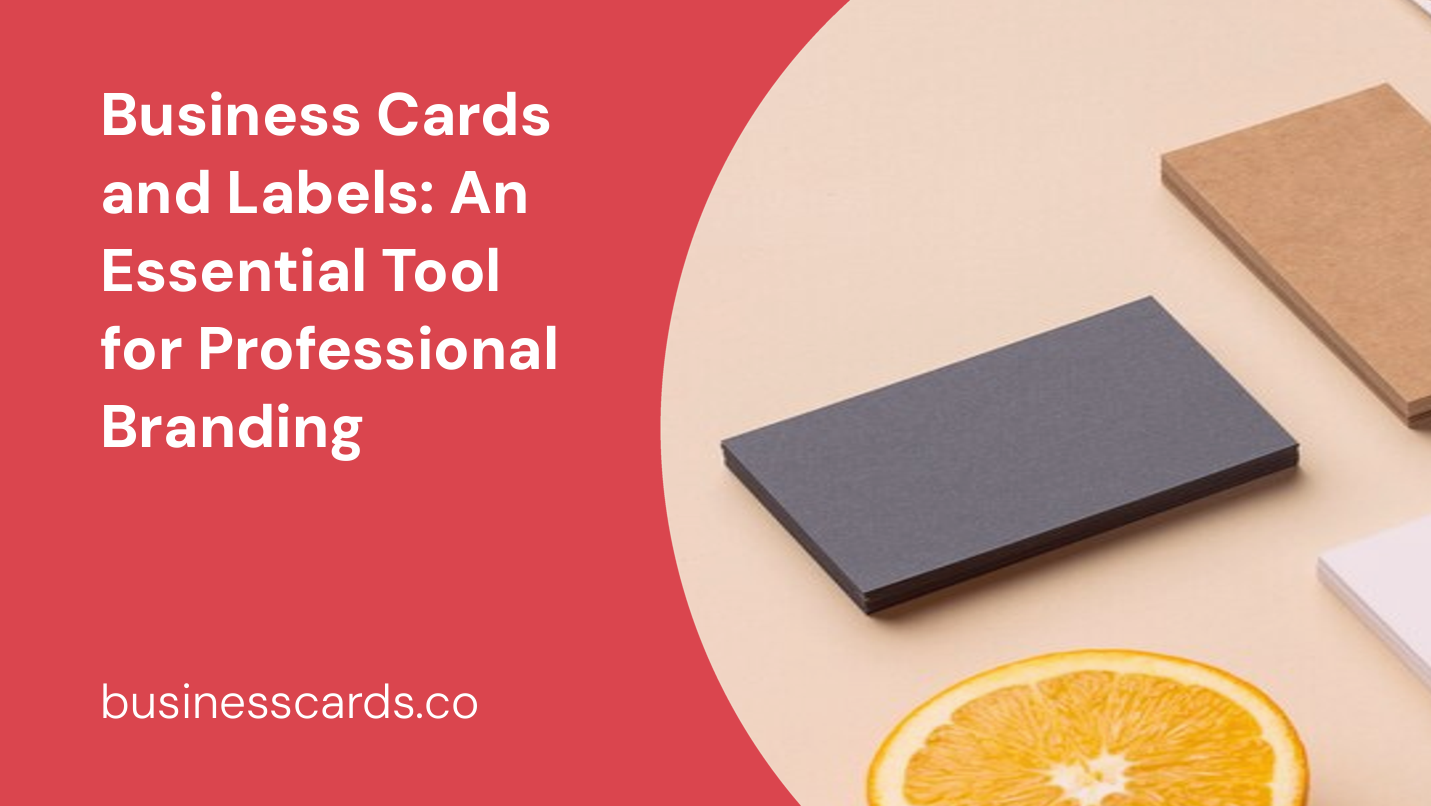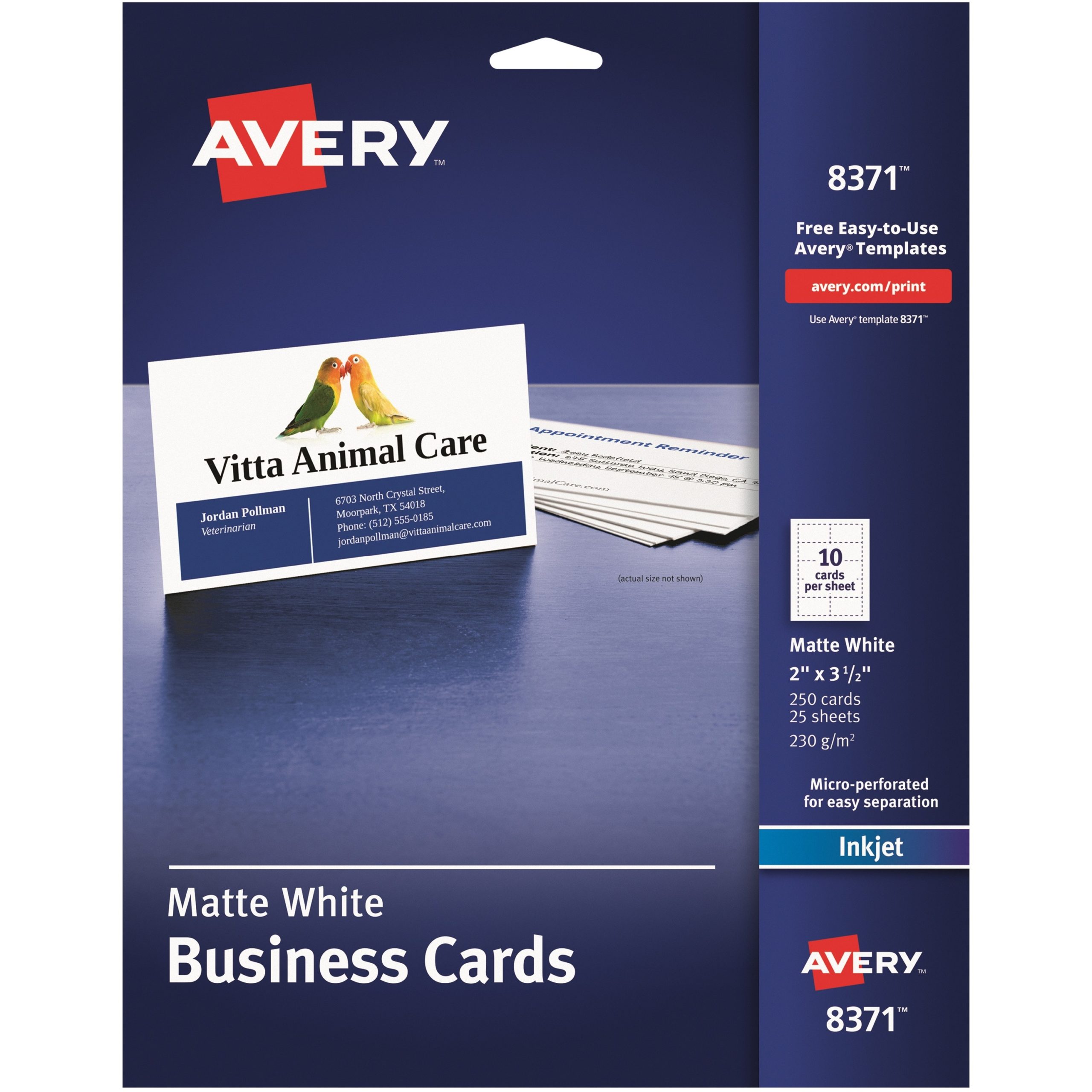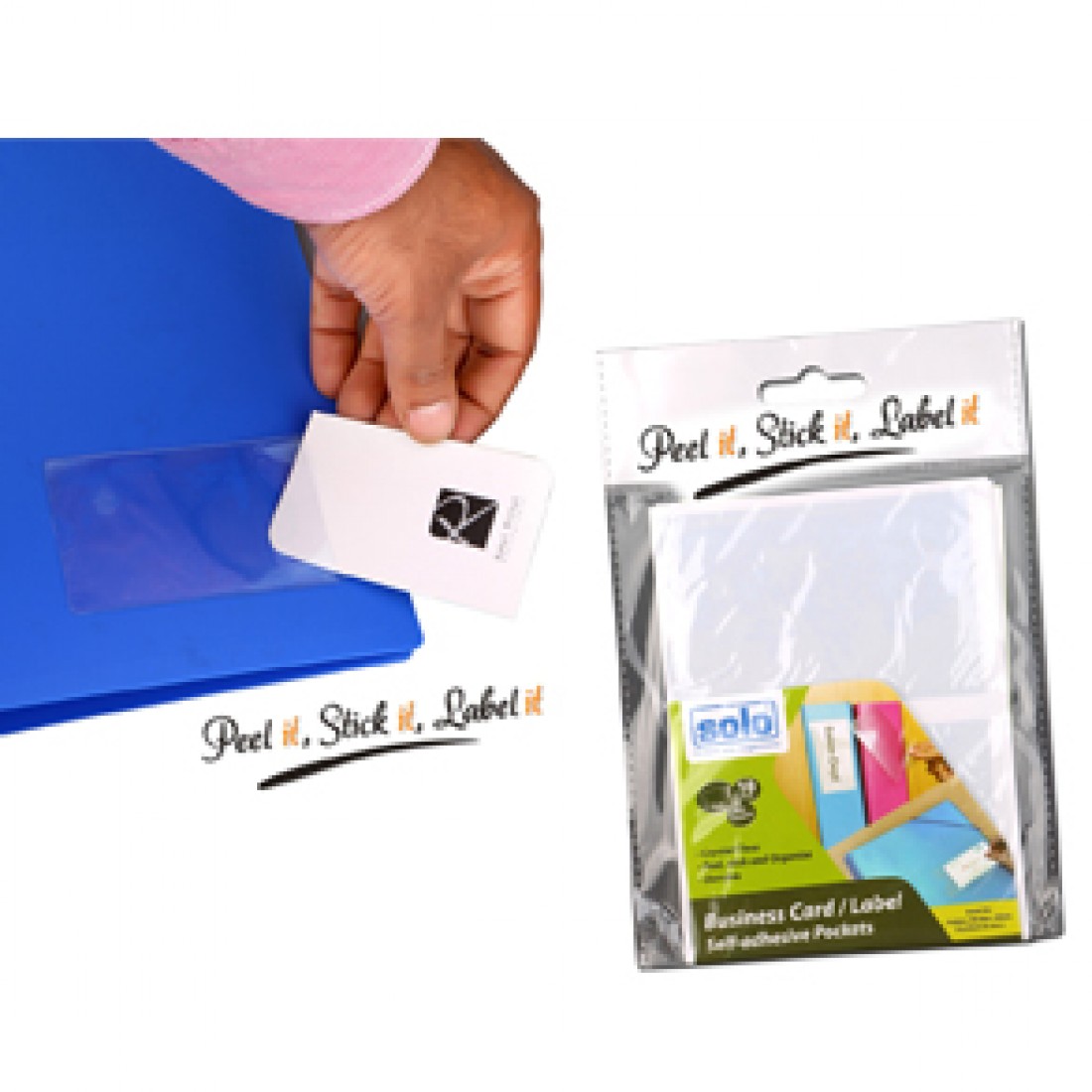
You may think that business cards and labels are outdated in our digital age, but they remain a critical tool for professional branding. In fact, they are often the first impression potential clients or customers have of your business. So, it’s important to make sure your business cards and labels accurately represent your brand and leave a lasting impression. In this article, we will discuss the importance of business cards and labels, how to design them effectively, and the benefits they offer to your business.
The Importance of Business Cards and Labels

Making a Memorable First Impression
Business cards and labels are tangible representations of your brand. When you hand them out to potential clients or customers, you are giving them something physical to remember you by. In a crowded and competitive marketplace, a well-designed business card or label can make a lasting impression and set you apart from your competitors.
Building Your Brand Identity
Consistency is key when it comes to building a strong brand identity. Your business cards and labels should reflect the same visual elements as your website, logo, and other marketing materials. By doing so, you create a cohesive and professional image that helps reinforce your brand identity in the minds of your audience.
Enhancing Professionalism and Credibility
When you hand out a business card or label that is well-designed and printed on quality paper or material, it conveys professionalism and attention to detail. It shows that you take your business seriously and care about the impression you make. Clients and customers are more likely to trust and perceive you as a credible business when presented with a professional-looking card or label.
Designing Effective Business Cards

When it comes to designing business cards, simplicity is key. Here are some key elements to consider:
Clear and Legible Information
Include essential contact information such as your name, job title, company name, phone number, email address, and website. Make sure the text is easy to read by choosing a legible font and an appropriate font size. Avoid cluttering the card with unnecessary information to keep the design clean and focused.
Reflecting Your Brand
Use your brand’s color palette and typography to convey a consistent look and feel across your business cards. Incorporating your logo, tagline, or brand icon can further reinforce your brand identity. This familiarity helps clients and customers recognize and remember your brand more easily.
Utilizing White Space
Don’t overcrowd your business card with too much information or design elements. Leave enough white space to create a balanced and uncluttered design. This allows the important details to stand out and makes your card visually appealing.
Choosing the Right Shape and Finish
Consider using unconventional shapes or finishes to make your business card stand out. Rounded corners, die-cut shapes, or embossed finishes can add a unique touch and make your card more memorable. However, keep in mind that the shape and finish should still align with your brand and industry.
Creating Impactful Labels
While business cards are typically used for networking and face-to-face interactions, labels serve a different purpose. Their primary goal is to provide information and branding on your products or packaging. Here’s how to create impactful labels:
Clear Information and Branding
Your label should clearly display your product or brand name, logo, and other relevant information such as ingredients, instructions, or certifications. Ensure the font is legible, and the overall design is consistent with your brand identity. Make sure the label provides sufficient information while maintaining an organized and visually appealing layout.
Consider Your Product and Target Audience
Customize your label design to suit your product and target audience. For example, if you sell eco-friendly products, consider using recycled or sustainable materials for your labels. If your target audience is in the luxury market, opt for high-quality materials and finishes that reflect the perceived value of your products.
Complying with Legal Requirements
Depending on your industry and location, there may be specific legal requirements for the information that must be included on your product labels. Make sure you are familiar with these regulations and include all necessary details in a clear and compliant manner.
Consistency Across Product Lines
If you have multiple product lines, it’s important to maintain consistency in your label design. This helps customers recognize and associate your brand with quality and trust. Establishing a recognizable label design also makes it easier for customers to identify and choose products from your range.
Benefits of Business Cards and Labels
Increased Brand Recognition
Consistently branding your business cards and labels with your logo, colors, and typography helps increase brand recognition. When potential customers see your brand’s visual elements repeatedly, they are more likely to recognize and remember your business when making purchasing decisions.
Cost-Effective Marketing Tool
Business cards and labels are cost-effective marketing tools compared to other traditional advertising methods. They are relatively inexpensive to print, and their impact can be substantial. By distributing business cards at networking events or placing labels on your products, you reach a targeted audience and create brand exposure without breaking the bank.
Offline Marketing in a Digital World
In today’s digital age, offline marketing can sometimes be overlooked. However, business cards and labels provide an offline presence for your brand that can be equally powerful. They allow you to engage with potential customers in a tangible way, leaving a physical reminder of your brand that can be easily accessed when needed.
Conclusion
When it comes to professional branding, business cards and labels remain essential tools for leaving a memorable impression on potential clients or customers. A well-designed business card can make an impactful first impression, while labels enhance your product presentation and brand recognition. By ensuring consistency, simplicity, and professionalism in your business cards and labels, you can effectively convey your brand identity, increase credibility, and ultimately grow your business in today’s competitive market. So, don’t underestimate the power of these tangible marketing assets in boosting your professional image and expanding your brand’s reach.
Sophia is a branding expert who intertwines style and substance in her writing. Her marketing background and love for fashion contribute to her unique take on business card design. When not writing, Sophia explores her creative side through painting and DIY projects.